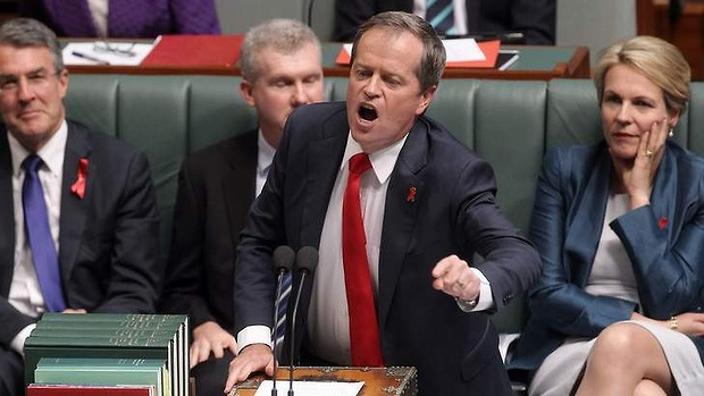ETP demand grows, fees stable
Exchange traded products (ETP) are charging fees disproportionately to the dramatic growth in assets and number of products available, according to Rainmaker data.
Between March 2013 and 2017, ETP funds under management quadrupled from $ 7.2 billion to $ 27.2 billion, while the number of products in the market doubled from 79 to 155.
EPT products have gained sufficient size to counteract the effect of lower fees on the original product and kept the overall weighted Management Expense Ratio (MER) the same, the quarterly ETP report said.
It found BlackRock, Vanguard, State Street, BetaShares, Magellan, Van Eck, Russell and ANZ ETFs comprise 98% of the market and among them, charge a wide range of MER of 0.18% per annum, followed by State Street at 0.25%. Magellan’s weighted MER is six times that of Vanguard’s across three of its actively managed ETPs.
What the data ultimately shows is there “is no correlation between a manager’s ability to gather assets and fees being charged.”
“The largest asset gatherers ran the gamut of fees structures and product types. What this does show, however, is that the Australian EPT market is continuing to evolve into the product offering the associated fee structure,” it said.
In the 12 months to March, ETP FUM rose 28% to $27 billion, with a marked shift to international equities and fixed interest assets classes.
International equity ETPs were the most active during the period with 72 products launched, followed by Australian equities with 46, fixed interest with 17 and commodities with 11.
[via FINANCIAL STANDARD]











